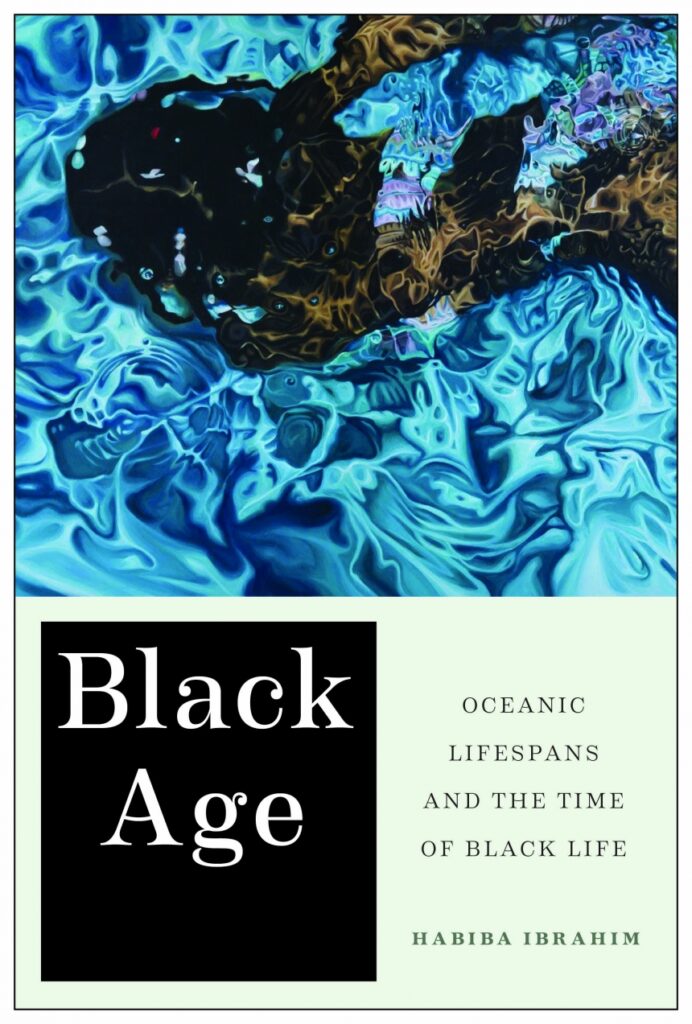.
A conversation with Habiba Ibrahim, who teaches in the Department of English at the University of Washington in Seattle, about her new book Black Age: Oceanic Lifespans and the Time of Black Life, published by New York University Press in 2021.
.
.

.
This conversation is with Habiba Ibrahim, who teaches in the Department of English at the University of Washington in Seattle, Washington. In addition to a number of published articles on African American literature and cultural studies, Ibrahim co-edited with Badia Ahad a 2022 issue of South Atlantic Quarterly organized around the theme “Black Temporality in Times of Crisis.” She is the author of two books: 2012’s Troubling the Family: The Promise of Personhood and the Rise of Multiculturalism, published by University of Minnesota Press and Black Age: Oceanic Lifespans and the Time of Black Life, published in 2021 by New York University Press and the occasion for our conversation today. In this conversation, we discuss the complexity of time and the body in Black life and literary culture, the oceanic and memory, humanism and what comes next, and the meaning of Black childhood in an antiblack world and its history. The cover art discussed in the podcast is “Little Swimmer” (2016), a painting by Calida Garcia Rowles (https://calidarawles.com)







